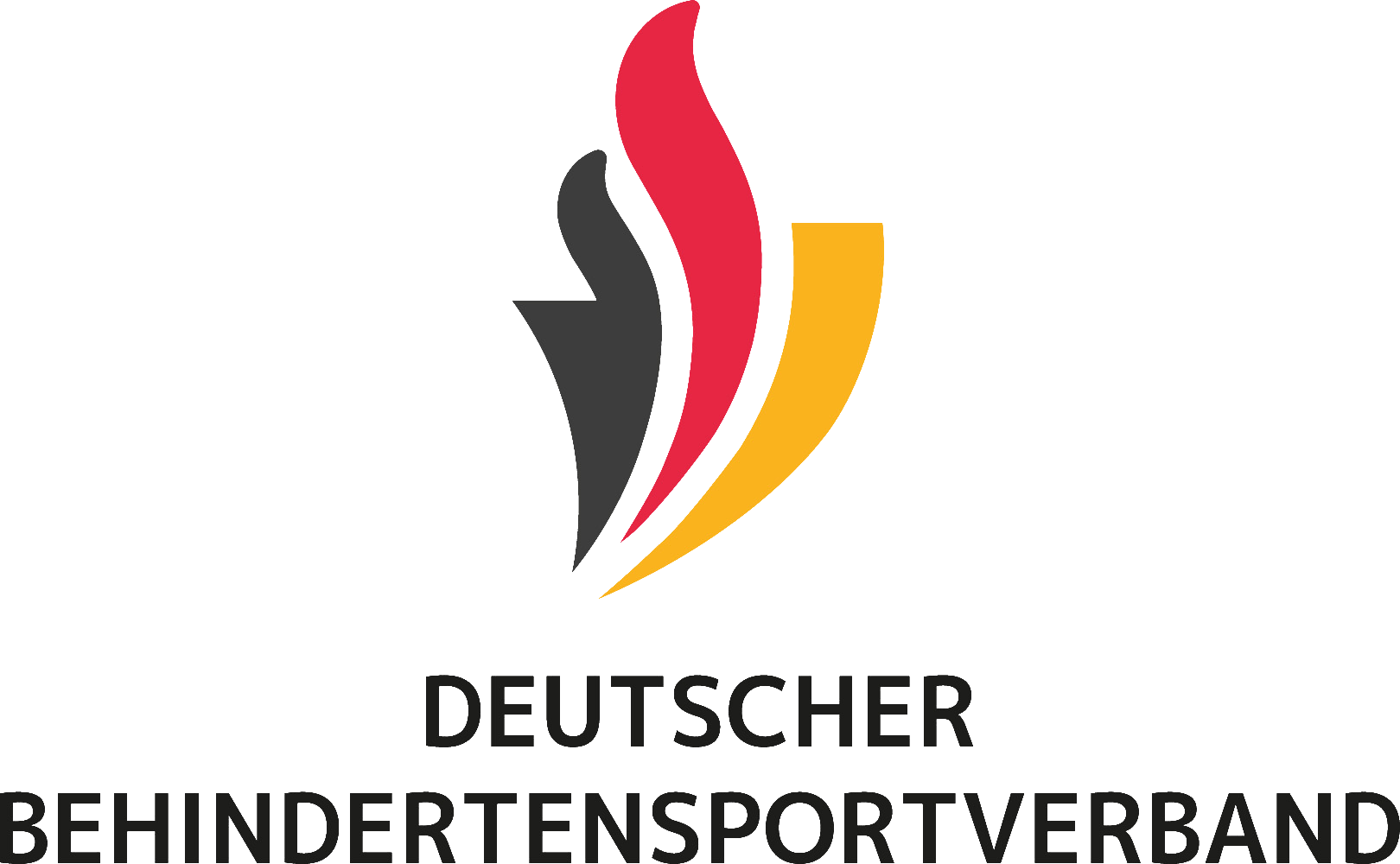The energy requirements of Paralympic champions
(Der Energiebedarf von Paralympics-Siegern)
INTRODUCTION:
To optimize nutritional counseling for Paralympic athletes, advanced insight into their energy demands is required. In the current study we conducted a comprehensive assessment of energy expenditure along with energy intake (EI) and body composition in a large group of Paralympic athletes, including many Paralympic champions.
METHODS:
In this ongoing cross-sectional study, 39 Dutch and Norwegian Paralympic athletes with various disabilities, competing in Para cycling (PC; n=9; M/F 6/3), wheelchair tennis (WCT; n=10; M/F 5/5), wheelchair basketball (WCB; n=13; M/F 0/13) and cross-country skiing (XCS; n=7; M/F 4/3) participated. Total daily energy expenditure (TDEE) was assessed by the golden standard doubly labeled water method over a 14-day period, resting metabolic rate (RMR) by ventilated hood indirect calorimetry, EI by three unannounced 24h-dietary recalls, body composition by dual energy x-ray absorptiometry and exercise training duration by a training log. The physical activity level (PAL) was calculated as TDEE/RMR and the physical activity energy expenditure (PAEE) as TDEE - RMR - the thermic effect of food (0.1EI). Energy availability (EA) was calculated as (EI- PAEE)/fat free mass (FFM). Data are reported as means±SD. Differences between sports were conducted by one-way ANOVA with Bonferroni correction and correlations by a Pearson correlation test.
RESULTS:
The mean RMR of 1482±257 kcal/day correlated well with FFM (48.8±9.3 kg; r=0.76; p<0.001). The mean TDEE was 2948±740 kcal/day, with PC (3691±826 kcal/day), and WCT (3082±381 kcal/day) showing substantially higher TDEE compared with WCB (2301±347 kcal/day; p<0.05), whereas TDEE in XCS (2903±541 kcal/day) was not significantly different compared with other sports. The mean PAL values of PC (2.15±0.4) and XCS (2.17±0.19) were significantly higher compared to WCB (1.71±0.18; p<0.05), but not compared with WCT (2.03±0.29; p=0.08). Furthermore, the PAL values (1.98±0.33) correlated well with exercise training duration (1.83±0.64 h/day; r=0.51; p=0.006). When considering athletes` EI (2397±961 kcal/day), 67% of the athletes were classified as low EA according to the threshold of 30 kcal/kg FFM, although this high prevalence might have been inflated by underreporting of EI.
CONCLUSION:
Paralympic athletes experience high daily energy demands, with many athletes exceeding a PAL value of 2.0. Much of the variation in energy expenditure between sports and individuals can be explained by differences in fat free mass and exercise training load. The substantial energy demands of Paralympic athletes underline the need to prevent low energy availability in this population.
© Copyright 2022 27th Annual Congress of the European College of Sport Science (ECSS), Sevilla, 30. Aug - 2. Sep 2022. Veröffentlicht von Faculty of Sport Science - Universidad Pablo de Olavide. Alle Rechte vorbehalten.
| Schlagworte: | Paralympics Behindertensport Energie Ernährung Energiestoffwechsel Wettkampf Analyse Sportphysiologie |
|---|---|
| Notationen: | Behindertensport |
| Veröffentlicht in: | 27th Annual Congress of the European College of Sport Science (ECSS), Sevilla, 30. Aug - 2. Sep 2022 |
| Herausgeber: | F. Dela, M. F. Piacentini, J. W. Helge, À. Calvo Lluch, E. Sáez, F. Pareja Blanco, E. Tsolakidis |
| Veröffentlicht: |
Sevilla
Faculty of Sport Science - Universidad Pablo de Olavide
2022
|
| Seiten: | 400 |
| Dokumentenarten: | Kongressband, Tagungsbericht Artikel |
| Sprache: | Englisch |
| Level: | hoch |
